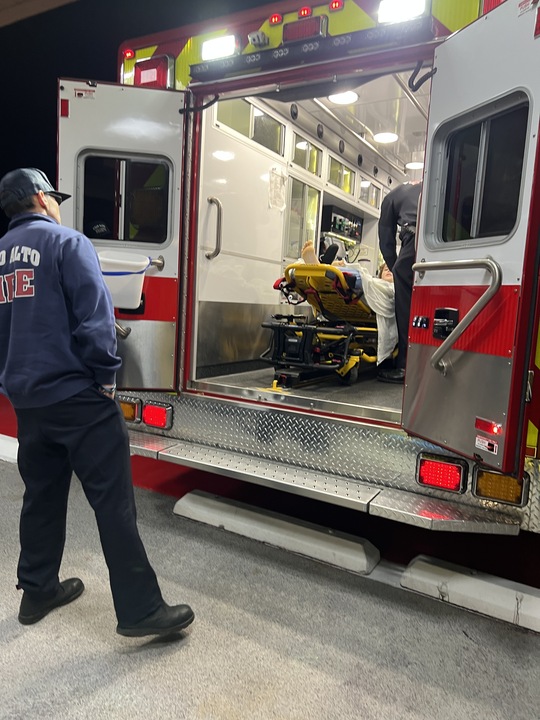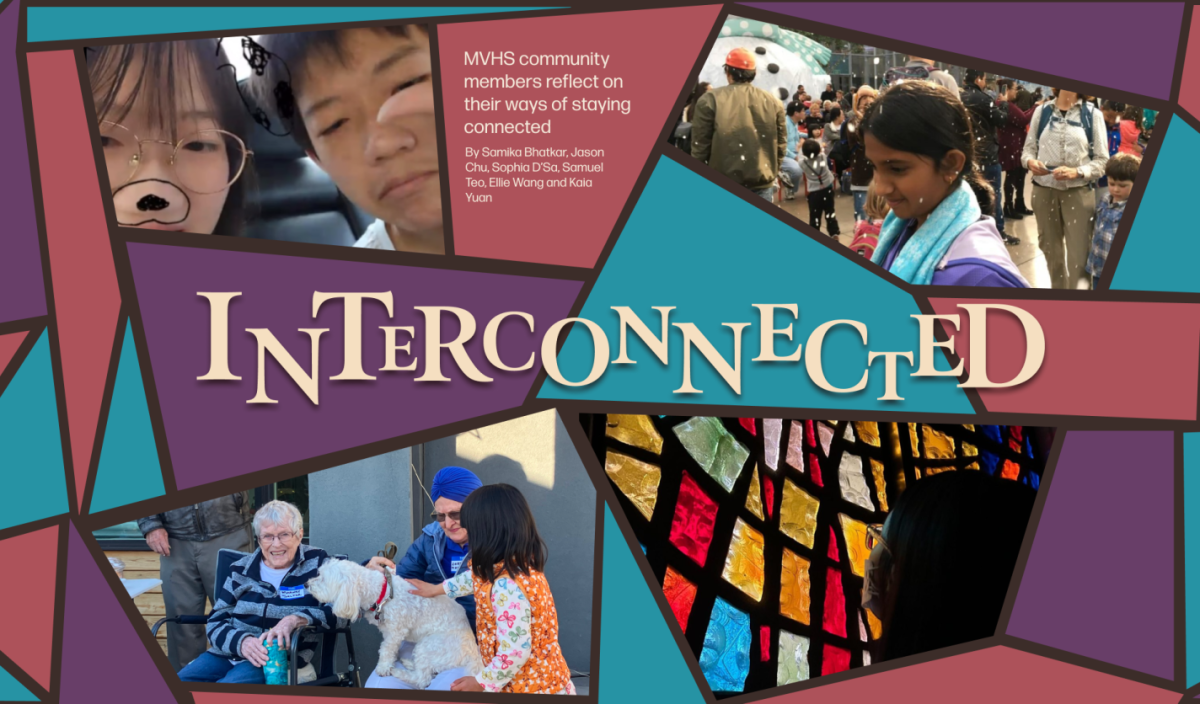Both McMillion and Chow, after reading the bestselling book A Whole New Mind: Why Right-brainers Will Rule the Future, were stricken by the MVHS education system’s lack of creativity and innovation. Author Daniel Pink argues the merits of creativity and innovation in a rapidly changing world, stressing the need for it to be integrated within education.
The current system at MVHS, McMillion feels, emphasizes memorization and regurgitation at the expense of creativity. Recognizing these flaws led the two teachers to an idea: the creation of a crossover course between World Literature and Art 2, an arrangement that would push students to use both their right and left brains. Unlike the two other interdisciplinary classes, World Studies and American Studies, the course will not function as a single class, but rather as two separate classes with tightly interconnected curricula.
On paper, the two classes will be separate: two different teachers and two different classrooms, because Chow does not have art materials available for all sixty students in one classroom. The distance between McMillion’s and Chow’s rooms hinders Chow from being able to transport his materials back and forth as well. The World Literature class, according to Chow and McMillion, will still read novels and short stories and write essays; the Art 2 class will still create art. The course will count both as literature and fine art credit on a student’s transcript.
The only difference, according to the teachers, will be the overlap in the area of study between both classes. While Chow and McMillion plan to organize the coursework by concept — poetry, short stories or design — rather than chronology, Chow is reluctant to create a set curriculum because of the cap he believes it places on the students’ creativity.
“Of course, we’re going to have guidelines and timeframes. But the curriculum itself is going to be more of a living, breathing document,” Chow said. “It’s not going to be like, ‘Okay, here’s a book. Let’s make a new title cover for it.’ That’s … not meaningful. What I’m interested in doing is creating projects that will actually drive to the core of the purpose of the reading, and how that might be personal to each student.”
The units will focus on both how literature and art are meaningfully created. One such unit they are considering is a design unit, in which the students would focus on product design in both art and literature. Students would try redesigning a product in Art 2, while learning about the written process involved with product development in World Literature.
Both McMillion and Chow like the idea of lecturing together. McMillion proposes a system in for the future which there will be one large classroom, divided into two sections, allowing the teachers can teach their respective subjects. When they want to lecture together, they would merge classrooms.
According to freshman Monique Hung, although students were only told how to sign up for the class but not much about the course’s structure, she still signed up. Like Chow and McMillion, Hung believes that the combination of art and literature is natural, and that taking the class would supplement her interest in both subjects.
“Literature is an art of words, and you get to really express yourself. If you look closely at literature it has a very deep meaning,” Hung said. “The same with art, because you also get to express yourself through different techniques. In art, sometimes certain types of art are trying to convey a message to you — you just have to look closely.”
Similarly, freshman Lindsy Teng acknowledges the connection between art and literature, and hopes to see that connection explored through different projects.
“I would expect for literature [to talk] about the style and the imagery, and [take] that imagery and [put] it in art,” Teng said.
This crossover is what Chow and McMillion hope to achieve with their course. Their ultimate aim is to not only make the learning experience more enjoyable for the students, but also to shape them to become the type of thinkers who can integrate their left and right brains — the logical and creative sides.
“[It’s about] allowing the two subjects to enhance each other and make each other meaningful, expressive, creative,” McMillion said. “ What does it say about the world? What can we extract from that on our own? “It’s more than just creativity. It’s about thinking independently and thinking originally.”
This independence and originality of thought, according to A Whole New Mind, is a key skill to possess in today’s world — the increased complexity of the world needs to be taken into account when making decisions. As a result, author Pink argues, interdisciplinary learning must be integrated into education. It has already been adopted by Waldorf schools, such as those in Los Altos and San Francisco, and college degrees, such as bioethics, similarly combine two seemingly unrelated subjects.
Closer to home, Chow points out the MVHS Robotics Team as a club that allows concepts learned in math and science classes to be applied in real-life scenarios.
“[Robotics involves] actually thinking across different disciplines. It’s already happening, it’s just happening after school,” Chow said. “And if someone got smart enough to put it into the state curriculum, it’ll probably start to happen more. Or if a school of our caliber starts to do it, people will start to notice.”
While the “Art-Lit” crossover class has not been widely publicized, interested students in McMillion and Chow’s current classes have signed up. Depending on the success of this course, the program could possibly expand to include different levels of art and literature classes. McMillion is also talking to science department chair Kavita Gupta about possibly combining freshman Literature/Writing with Biology.
“We’re kind of pioneers in this field,” McMillion said. “Let’s just start here, and…”
“… And we’ll see where it takes us,” Chow finished.






